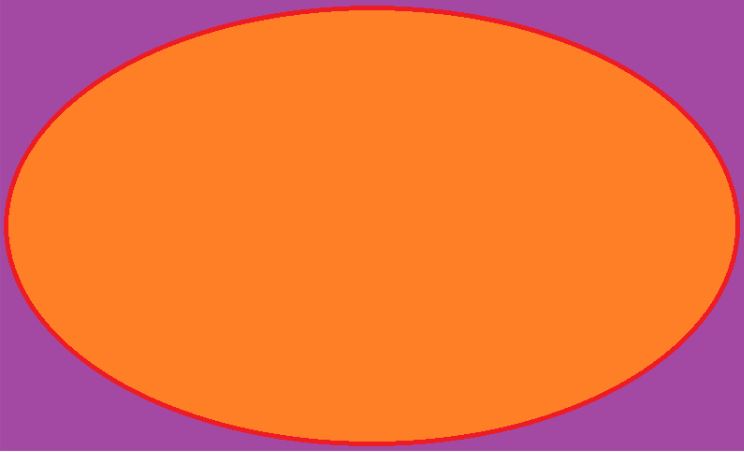Grab your binoculars: 5 planets are lined up nicely for you to see at dawn this month
June 3, 20222:15 PM ETGrab your binoculars and set your alarm.
For the first time in 18 years, five planets — Mercury, Venus, Mars, Jupiter and Saturn — will be sequentially aligned and visible at dawn throughout this month.
Those watching from the continental United States should be able to catch a look, as long as they're up early enough, Diana Hannikainen, Sky & Telescope's Observing Editor, told NPR.
The five-planet alignment isn't "incredibly rare," Hannikainen said. These planets were last lined up in sequential order in 2004, and it's set to happen again in 2040.

Grab your binoculars: 5 planets are lined up nicely for you to see at dawn this month
Mercury, Venus, Mars, Jupiter and Saturn will be sequentially aligned and visible at dawn throughout June. The last time this happened was in 2004.
- OR -
Spot the Space Station

International Space Station
See the International Space Station! As the third brightest object in the sky the space station is easy to see if you know when to look up.
There are multiple Internet sites that can tell you when you can see the ISS passing overhead, usually just after dark. Clouds can block the view.
Daylight tends to render naked eye sightings of orbiting objects. But there's a brief time window just after dark, and just before dawn when oblique sunlight illuminates satellites orbiting overhead, but leaves the observer in the dark of night.
The International Space Station (ISS) is the largest, and brightest. But there are many satellites in Earth orbit that can be seen during these twice daily viewing opportunities.
Orbiting satellites leave a few clues.
- They rarely change direction as aircraft can & do.
- Orbiting satellites don't display flashing lights, only reflected sunlight.
- They're silent. Aircraft can sometimes be heard, even at great distance.
Just after dark, try looking skyward. You may not need several attempts to see an orbiting satellite. Binoculars are a tradeoff. They reduce the angle of view, but magnify. Try both.
Enjoy
